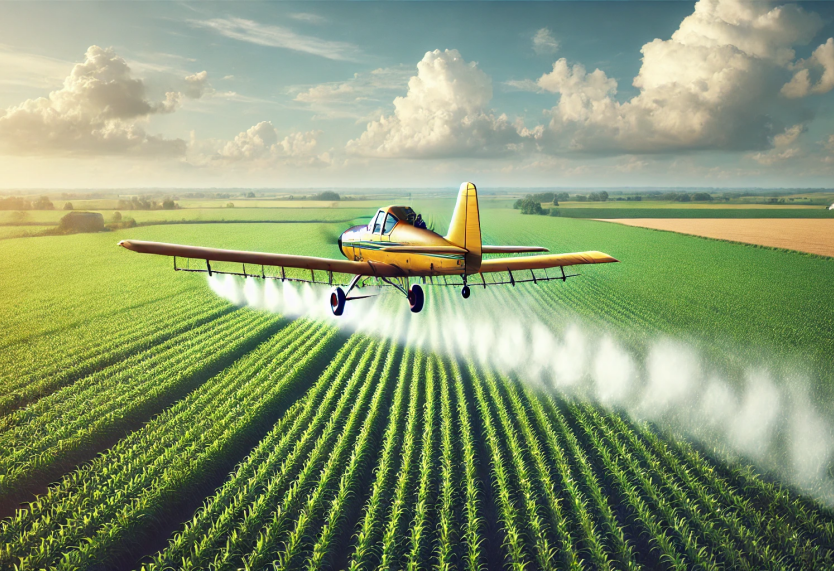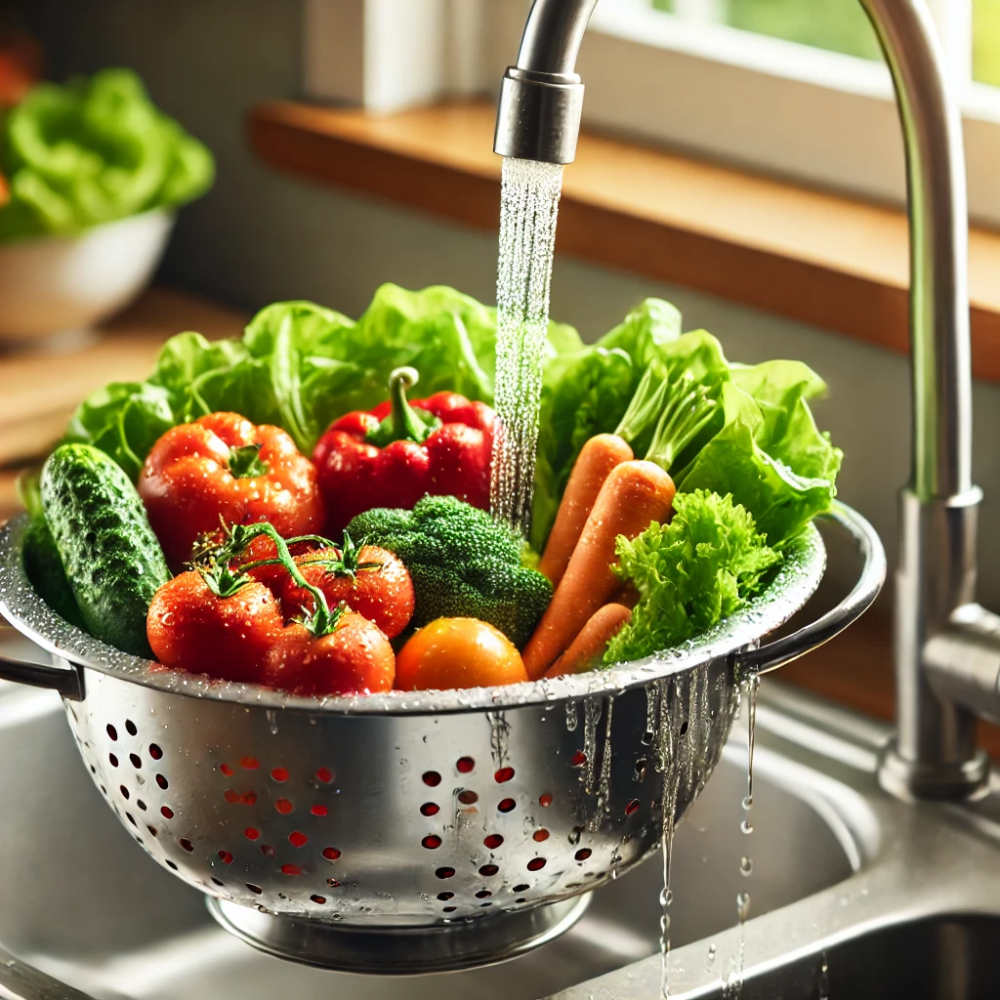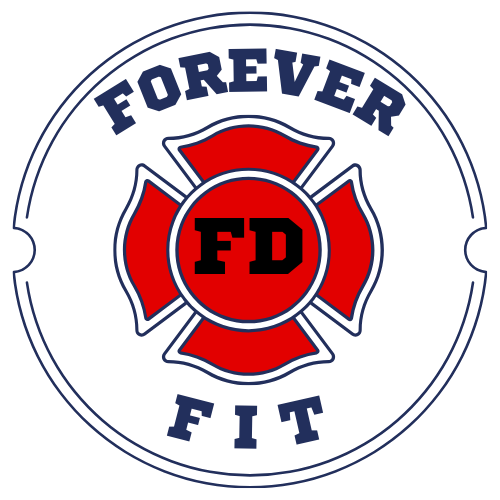Firefighting isn’t just hard work; it’s a way of life that demands both physical and mental resilience. Every day, firefighters face tough and dangerous conditions, which means their bodies need to be in top shape. A balanced diet isn’t just a good idea; it’s essential. Without proper nutrition, effectiveness can drop, putting both firefighters and the people they’re saving at risk.
Firefighters have unique nutritional needs. Unlike many of us, they can’t afford to skip meals or load up on junk food. High-stress and high-activity levels mean that their bodies require more proteins, vitamins, and minerals to stay strong and alert. Also, they need to stay hydrated and maintain their energy throughout long shifts.
Good nutrition significantly impacts their performance and health. Imagine responding to a call, but feeling sluggish or dizzy because of a poor diet. Not eating right can lead to fatigue, slower reaction times, and even long-term health problems like heart disease. On the flip side, a well-balanced diet keeps energy levels up, helps in quicker recovery after intense activities, and ensures that firefighters are physically ready for anything their job throws at them.
What Are The Dirty Dozen Chemicals?
In the United States, most of the original “Dirty Dozen” chemicals identified by the Stockholm Convention on Persistent Organic Pollutants (POPs) are banned or heavily restricted due to their hazardous effects on health and the environment. However, some chemicals related to pesticide use, while not part of the original “Dirty Dozen,” continue to be used in agriculture and food production and are considered harmful by various environmental and health organizations.

Here is a list of chemicals still used or found in U.S. food production that are considered harmful, with a focus on those that can be linked to pesticide use and food contamination:
1. Atrazine
- Usage: A herbicide used primarily on corn crops.
- Concerns: Linked to hormone disruption, reproductive issues, and birth defects. Atrazine can contaminate water supplies and has been detected in U.S. drinking water.
2. Chlorpyrifos
- Usage: Insecticide used on crops like corn, soybeans, and fruit trees.
- Concerns: Associated with developmental issues in children, including learning disabilities and lower IQs. While recently banned for food use in 2021, residues may still be present in foods.
3. Glyphosate (Roundup)
- Usage: A widely used herbicide, primarily on genetically modified (GMO) crops like corn, soybeans, and cotton.
- Concerns: Classified as a probable human carcinogen by the International Agency for Research on Cancer (IARC). Glyphosate residues have been found in foods like cereals, grains, and processed products.
4. Paraquat
- Usage: A herbicide used to control weeds on crops such as soybeans and corn.
- Concerns: Highly toxic, with studies linking it to Parkinson’s disease and other neurological disorders. Paraquat is banned in many countries but is still legal in the U.S. with strict controls.
5. 2,4-D (2,4-Dichlorophenoxyacetic acid)
- Usage: A herbicide used on crops like wheat, corn, and soybeans.
- Concerns: Linked to cancer, liver damage, and endocrine disruption. It was a component of Agent Orange, a chemical defoliant used during the Vietnam War.
6. Neonicotinoids (e.g., Imidacloprid, Clothianidin)
- Usage: Insecticides commonly used on fruits, vegetables, and crops like corn and soybeans.
- Concerns: Neonicotinoids are associated with the decline of bee populations, which are critical for pollination. They may also have harmful effects on human health and the environment.
7. Dicamba
- Usage: A herbicide used on GMO crops like soybeans and cotton.
- Concerns: Dicamba is known for drifting from treated fields, damaging nearby crops. It has been linked to potential developmental and reproductive toxicity.
8. Permethrin
- Usage: An insecticide used on various crops, including fruits and vegetables.
- Concerns: Classified as a possible human carcinogen, permethrin can also cause neurological effects, especially in children.
9. Metam Sodium
- Usage: A soil fumigant used on a wide variety of crops.
- Concerns: Linked to cancer, reproductive harm, and respiratory issues. It breaks down into methyl isothiocyanate, which is highly toxic.
10. Phosmet
- Usage: An organophosphate insecticide used on fruit crops like apples, peaches, and pears.
- Concerns: It is a neurotoxin that can cause acute poisoning and long-term developmental effects.
11. Carbaryl (Sevin)
- Usage: A widely used insecticide on a variety of crops, including fruits and vegetables.
- Concerns: Carbaryl is classified as a likely human carcinogen and is associated with neurotoxicity and reproductive effects.
12. Captan
- Usage: A fungicide used on fruits and vegetables like strawberries, apples, and potatoes.
- Concerns: Classified as a potential human carcinogen, it can also cause skin and eye irritation.
As you can see, most of these chemicals can be lumped into the category of “pesticides”. You can learn more about the clean 15 and dirty dozen foods on my other post:
Understanding the Dirty Dozen Chemicals in Foods
Understanding the dirty dozen chemicals is crucial for making healthier food choices. These are twelve nasty chemicals often found in our everyday foods, from fresh produce to packaged goods. They’re not just any chemicals; they’re particularly harmful and can pose serious health risks.
The dirty dozen chemicals often sneak into foods through pesticides, preservatives, and artificial additives. For example, endocrine disruptors like BPA can leach into canned food, while pesticides used on crops leave residues on fruits and vegetables. Even some seemingly healthy foods might hide these harmful chemicals, impacting overall health.
Health risks linked to these chemicals are quite alarming. Some are known carcinogens, increasing the risk of cancer. Others can mess with hormone levels, cause neurological issues, or lead to chronic illnesses. For firefighters, these risks are even higher due to their already demanding job, making it doubly important to avoid these culprits in their diets.
To really grasp the scope of the dirty dozen, think about common foods. Many popular items, like apples, strawberries, spinach, and tomatoes, often feature on lists highlighting pesticide contamination. Uncovering the sources of these chemicals is the first step in eliminating them from our diets and choosing safer, cleaner alternatives.
How the Dirty Dozen Chemicals Affect Firefighters
It’s undeniable that the dirty dozen chemicals pose significant health risks, but these dangers are even more pronounced for firefighters. The nature of firefighting exposes them to various toxic substances, and adding harmful chemicals from food only worsens their health risks.
Firefighters already encounter hazardous materials like smoke, asbestos, and other carcinogens in their line of duty. Ingesting foods laced with dirty dozen chemicals compounds these exposures, leading to a higher overall toxic load on their bodies. This added stress can make their systems more vulnerable to illnesses that might otherwise be preventable.
Research shows firefighters have an elevated risk for certain cancers, respiratory diseases, and heart conditions. The dirty dozen chemicals, known for their carcinogenic and endocrine-disrupting properties, can exacerbate these conditions. Imagine having to battle blazes with the added burden of a compromised immune system or weakened respiratory functions due to dietary toxins.
Real-life examples bring these risks into stark relief. Studies have shown that firefighters tend to have higher levels of harmful chemicals in their bodies compared to the general population. For instance, higher incidences of certain cancers have been linked to prolonged exposure to toxins. When the diet isn’t clean, it’s like adding fuel to the fire, making it harder for the body to recover and stay resilient.
Avoiding the dirty dozen chemicals isn’t just about living a healthier life; it’s about ensuring longevity and a better quality of life while on duty. Understanding how these chemicals affect the body helps in making more informed dietary choices, ultimately leading to better job performance and overall health.
Strategies to Avoid the Dirty Dozen Chemicals in Your Diet
Living a clean, chemical-free diet might sound like a hassle, but with a few practical tips, it’s entirely doable and well worth the effort. Start by identifying and choosing clean alternatives. Familiarize yourself with organic produce, especially for the items most likely to carry pesticide residues, like apples, strawberries, and spinach. Organic options may cost a bit more but think of them as an investment in long-term health.
Even when buying organic produce, you still really need to do a diligent job of washing your fruits and veggies to ensure they’re as clean as possible before you eat them.

When grocery shopping, pay close attention to labels. Steer clear of items with a long list of unpronounceable ingredients or those that list preservatives and artificial additives. Fresh, whole foods are your best bet. Farmers’ markets are excellent for finding local, minimally processed options.
Meal planning is also key. Preparing meals at home allows better control over what goes into your food. Use apps and online resources that track clean food options and provide meal prep ideas catering to a chemical-free diet. Batch cooking and storing meals can save time while ensuring nutritional needs are met.
Don’t forget resources and tools for maintaining this clean diet. Books, documentaries, and even mobile apps can offer valuable insights and keep you updated on the latest in healthy eating. Connecting with like-minded individuals through social media or community groups can provide support and share useful tips, making the journey easier and more enjoyable.
By integrating these strategies into daily routines, firefighters can significantly reduce their exposure to harmful chemicals, making a positive impact on their health and job performance. Adopting a cleaner diet isn’t just about food; it’s about embracing a healthier lifestyle for the long haul.
Leave a comment with any questions of info to help us all eat cleaner…

I read your article with great interest, and I think the idea of a website dedicated to firefighters’ health is awesome. I always eat organic food wherever possible, but I am a digital nomad, and the organic option is often impossible. My question to you is this if you don’t mind a question I would never think of eating berries that aren’t organic because of the nooks and crannies for chemicals to fall into, but in your opinion what are the safest fuits you can eat when there is no option of organic food.
Also do you know a way a neutralising those chemicals
Hey Catherine, great question…I’d always wash my produce thoroughly, whether organic or not prior to preparing, cooking, or eating. There are few foods on the ‘clean fifteen’ list that I really enjoy: Pineapple, avocado, and kiwi. You’ll probably notice these all have a layer to ‘peel’ that you don’t normally eat, which helps protect the edible portions of these foods from chemical exposure. Hope this helps:)